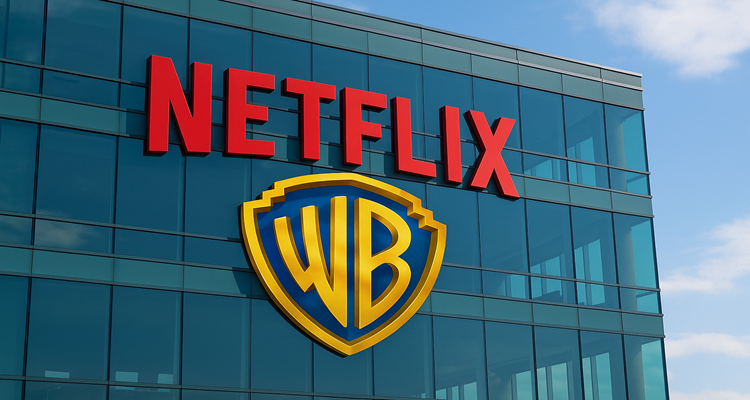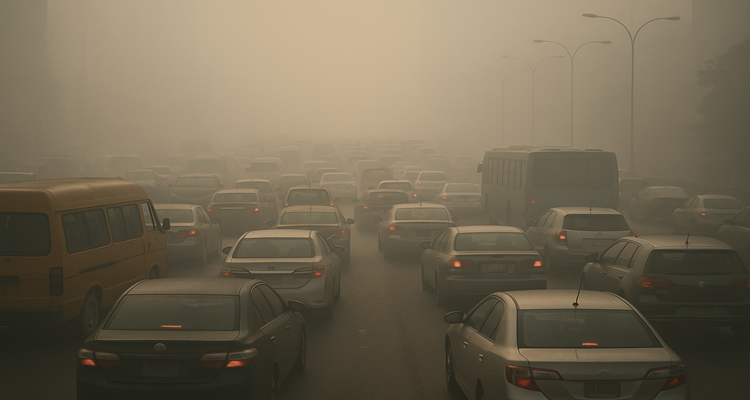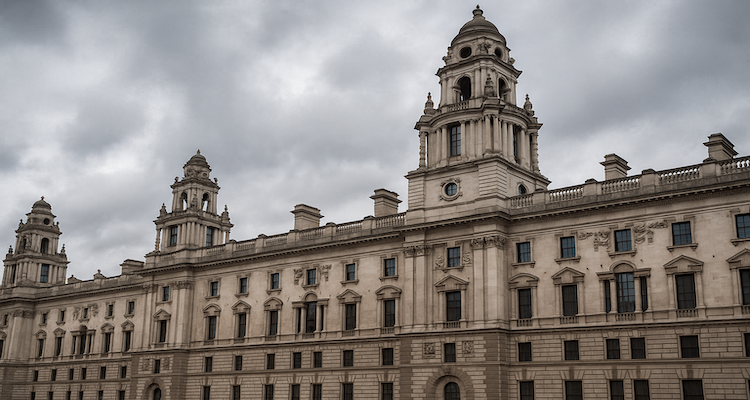Tensions Escalate in Los Angeles as Trump Sends National Guard Amid Immigration Protests
President Trump deploys 2,000 National Guard troops to Los Angeles as immigration raids spark protests and political backlash from California leaders.
Introduction: Protest Meets Federal Power in Los Angeles
Federal forces descended upon Los Angeles this weekend as the city witnessed a second day of protests in response to a sweeping immigration crackdown. The demonstrations, sparked by recent raids, prompted President Donald Trump’s administration to authorize the deployment of 2,000 National Guard troops to the region—a move that has ignited political backlash and raised concerns about civil-military boundaries.
Context & Background: The Immigration Flashpoint
The protests emerged following aggressive immigration enforcement operations in the city, led by U.S. Immigration and Customs Enforcement (ICE). On Friday night, at least 44 individuals were detained in raids targeting locations such as Home Depot parking lots, warehouses, and garment factories—places often populated by day laborers and undocumented workers. Civil rights organizations, including the Coalition for Humane Immigrant Rights (CHIRLA), decried the lack of access to legal counsel for the detainees.
The Trump administration has made mass deportations and border fortification a cornerstone of its immigration agenda. The White House has reportedly set a goal of 3,000 arrests per day by ICE. However, critics say these operations have ensnared legal residents and created a climate of fear in immigrant communities.
Main Developments: National Guard Deployment Sparks Outrage
On Saturday, federal agents in military-style uniforms clashed with demonstrators in southeast Los Angeles’ Paramount neighborhood. Some protesters waved Mexican flags, while others chanted, “ICE out of L.A.!” in a separate rally downtown.
In response to what the administration termed “lawlessness,” President Trump signed a memorandum deploying the National Guard. “We’re not going to allow violent mobs to dictate the law,” the White House said. Defense Secretary Pete Hegseth further warned that active-duty Marines stationed at Camp Pendleton were on standby “should the violence escalate.”
However, California officials pushed back hard. Governor Gavin Newsom slammed the decision as “provocative” and “political theater.” In a statement on X (formerly Twitter), he wrote, “This is not about public safety—it’s about creating a spectacle. Protest peacefully. Don’t give them what they want.”
Mayor Karen Bass of Los Angeles echoed the sentiment, denouncing the raids as fear-mongering. “These tactics terrorize our neighborhoods and erode trust in law enforcement,” she said.
Public Reaction & Political Divides: A Nation at Odds
The reaction to the federal response has been deeply divided along political lines. Vice President JD Vance labeled the protests a “violent insurrection” on social media, accusing demonstrators of attacking federal officers while waving foreign flags. Stephen Miller, a senior adviser known for his hardline views on immigration, echoed that language, characterizing the unrest as “an assault on American sovereignty.”
Meanwhile, protesters like Ron Gochez, a community organizer and activist, voiced defiance. “They can’t come into our communities, snatch our people, and expect no resistance,” he said at the scene.
Civil rights advocates voiced concerns about overreach. Angelica Salas of CHIRLA described the situation as “alarming,” noting that lawyers had not been granted access to those detained on Friday. “This violates basic principles of due process,” she said.
Despite the federal response, the administration has not formally invoked the Insurrection Act—an 1807 law allowing military intervention in domestic affairs—which was last used during the 1992 Rodney King riots.
Impact & Implications: Federal Force vs. Local Governance
The growing standoff between the federal government and California leaders signals an escalating confrontation over immigration policy. Trump’s rhetoric, amplified on his Truth Social platform, targeted both Governor Newsom and Mayor Bass, suggesting that if they fail to restore order, “the Federal Government will solve it—RIOTS & LOOTERS—the way it should be solved!!!”
The rapid mobilization of the National Guard and the potential deployment of Marines represent an extraordinary federal response to civil unrest. Legal experts have raised concerns about the precedent this sets for using military force against domestic protests.
Furthermore, the raids and ensuing backlash risk deepening mistrust between immigrant communities and law enforcement, particularly in a city like Los Angeles, where nearly half the population is Hispanic or foreign-born.
Conclusion: A City on Edge, a Nation Divided
Los Angeles has become a flashpoint in the national debate over immigration enforcement, civil liberties, and the role of military power in managing dissent. As protests continue and federal troops take position, the question looms large: Where is the line between law enforcement and political intimidation?
While the administration claims it’s restoring order, critics warn that the real threat may be the erosion of constitutional norms. With no resolution in sight, the situation in Los Angeles may set the tone for how America confronts its immigration battles ahead of the 2024 elections.
Source: (Reuters)
(Disclaimer: This article is a journalistic rewrite based on publicly reported facts. It aims to present an accurate and unbiased account of events while adhering to professional editorial standards. All quotes and attributions have been rephrased for clarity and originality.)
Also Read: Ethical AI Begins With Awareness: Why Conscious Coding Matters











